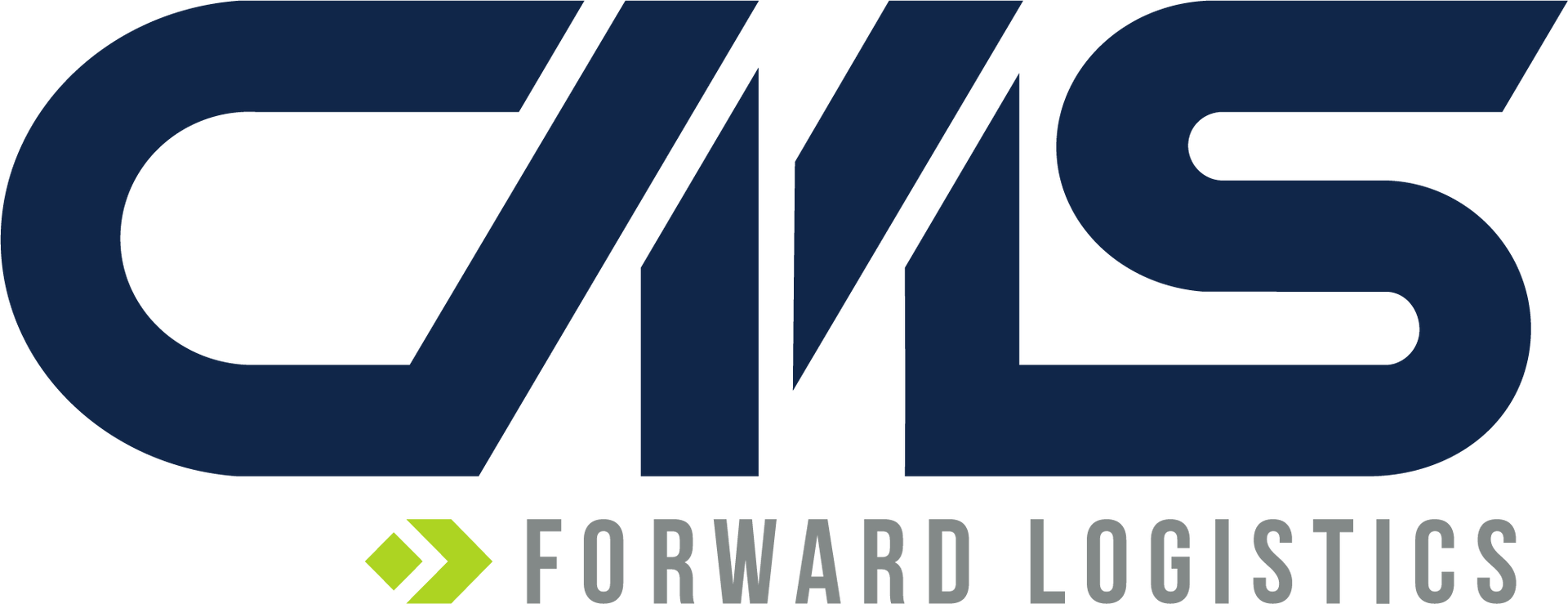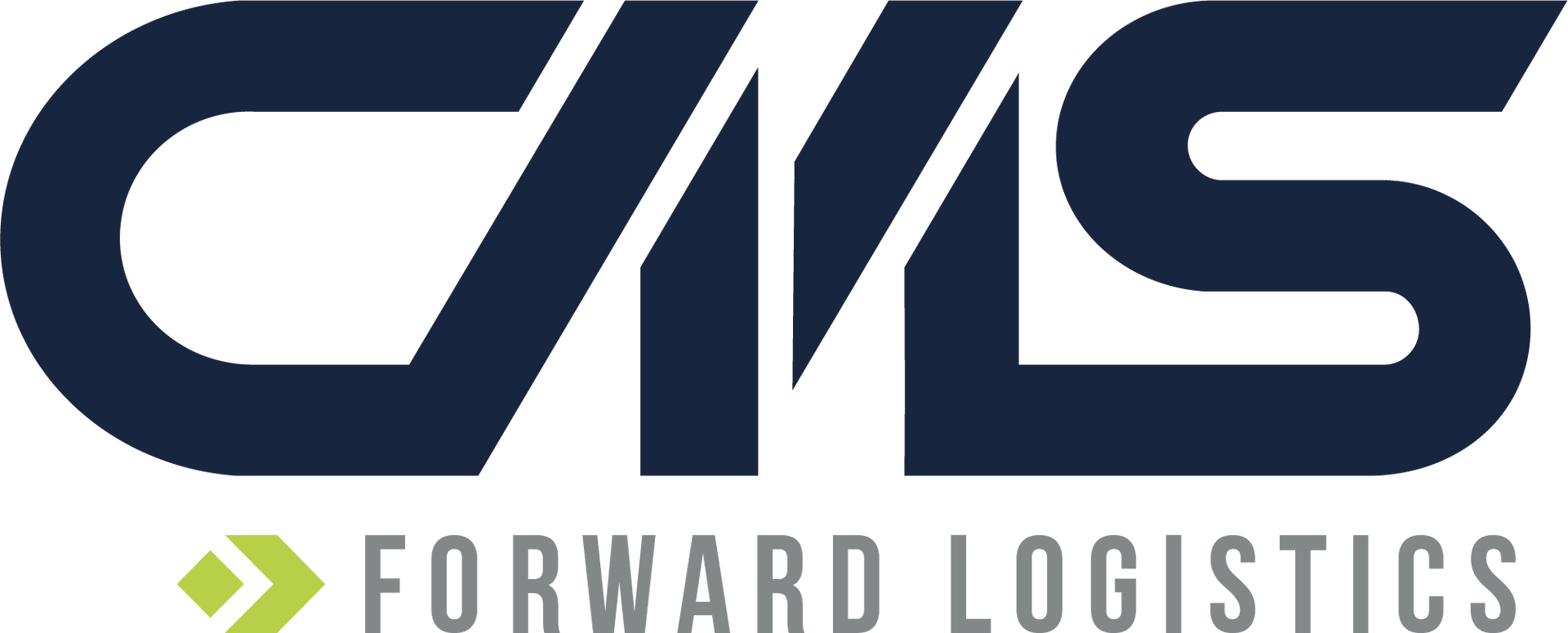Ocean Freight Terminology: A Complete Glossary
This glossary of ocean freight terms is a comprehensive list of terminology related to shipping goods by sea. It includes commonly used terms in the industry, such as "demurrage," "TEU," "stowage," and "Waybill," as well as more specific terms like "BAF" and "PSS." Each term is defined in a clear and concise manner, making it easy for someone who is not familiar with the industry to understand. This glossary would be a valuable resource for anyone working in the ocean freight industry or for businesses who need to transport goods by sea.
List of Services
-
Bill of Lading (B/L)List Item 1
This is a document issued by a carrier that serves as a receipt for the goods being shipped and serves as a contract of carriage between the shipper and carrier. The B/L contains important information such as the type and quantity of goods being shipped, the destination, and the agreed-upon terms of the shipment.
-
DemurrageList Item 2
During the export phase, demurrage starts when the container enters the port/terminal and ends when it is loaded onto the ship or when the ship departs. The ocean carriers decide on the effective end of the demurrage period, depending on the container’s type and location.
During the import phase, demurrage starts when the ship arrives at the port or after the container has been discharged. Similarly, to the export phase, ocean carriers decide of the starting date of the demurrage period, factoring in both the container’s type and location. Demurrage ends when the container is picked up from the terminal for delivery by truck, rail or barge to the consignee.
For demurrage, providers have to offer a reasonable free-time period in all instances.
-
Detention
During the export phase, detention starts when the empty container is picked up from the container yard and ends when the full container arrives at the port/terminal.
During the import phase, detention starts when the full container is picked up from the terminal, continues during its delivery to the consignee, and ends upon return of the empty container to the container yard.
-
DutyList Item 3
A duty is a tax imposed by a government on imported or exported goods. Duties are typically calculated as a percentage of the value of the goods and are used to generate revenue for the government and to protect domestic industries from foreign competition.
-
Inland TransportList Item 4
Inland transport refers to the movement of goods from the port of entry to the final destination via road, rail, or river. Inland transport is an important part of the logistics chain and requires careful planning to ensure that goods are transported safely and efficiently.
-
Port of Entry
The port of entry is the location where goods enter a country. Ports of entry are typically located on the coast or on major rivers and can handle large volumes of goods.
-
Port of Exit
The port of exit is the location where goods leave a country. Ports of exit are typically located on the coast or on major rivers and can handle large volumes of goods.
-
Shipping Line
A shipping line is a company that operates ships and provides transportation services. Shipping lines are responsible for transporting goods from one location to another and play a crucial role in global trade.
-
TEU
Twenty-foot equivalent unit, a unit of measurement used for containers.
-
Consignee
The person or company to whom the goods are being shipped.
-
Consignment
The goods that are being shipped.
-
NVOCC
Non-Vessel Operating Common Carrier, a company that does not own ships but provides transportation services.
-
Waybill
A waybill is a document used in transportation to provide details of the shipment, including the origin, destination, and contents of the shipment. The waybill serves as a receipt for the goods being shipped and can be used to track the shipment throughout its journey.
-
Wharfage
Is the port fee for using a wharf to unload cargo from a vessel. Wharfage is normally included in the freight cost or the THC, unless otherwise stated.
-
Commercial Invoice
The commercial invoice is a bill for the goods from the seller to the buyer. These invoices are often used by governments to determine the true value of goods for the assessment of customs duties and are also used to prepare consular documentation. Governments using the commercial invoice to control imports often specify its form, content, number of copies, language to be used, and other characteristics.
-
Stowage
The process of arranging cargo within a vessel to optimize space and prevent damage to the cargo during transport.
-
BAF
(Bunker Adjustment Factor) refers to floating part of sea freight charges which represents additions due to oil prices.
-
CUC
(Chassis Using Charge) is a duty for using chassis.
-
LFD
Last Free Day .
-
LSC
Low Sulfur Fuel Contribution.
-
LSS
Low Sulfur Surcharge (polluting tax).
-
PRS
Piracy Risk Surcharge .
-
AGS
Aden Gulf Surcharge.
-
CRF
Container Return Fee.
-
DOF
Delivery Order Fee.
-
CAMS/AMS
Canadian Advanced Manifest System.
-
CSF
Carrier Security Fee.
-
FES
Fuel Escalation Surcharge.
-
CNS
Congestion Surcharge.
-
PCS
Port Congestion Surcharge.
-
EFF
Environmental Fuel Fee .
-
LoLo
Lift On/Lift Off covers the movement of the container from its location within the port and loading onto the truck. It’s a cargo handling method by which vessels are loaded or unloaded by either ships or shore cranes.
-
PSS
Peak Season Surcharges.
-
AWS
All Water Service
-
ETA
Estimated time of arrival (planned arrival of ship).
-
Tare Weight
The weight of a container and/or packing materials without the weight of the goods it contains.
-
THC
Terminal handling charge (Handling costs for the container that a port/terminal charges).
-
W/M
Weight or Measurement (calculation of sea freight based on tonnes or cubic meters, depending on which is higher).
-
Transshipment
Transshipment refers to the act of sending an exported product through an intermediate country before routing it to the country intended to be its destination.
-
Stripping
Unloading of the container.
-
Stuffing
Loading of the container.
-
POD
Port of discharge.
-
POL
Port of loading.
-
POR
Place of receipt.
-
Federal Maritime Commission (FMC)
The FMC is an independent agency that regulates ocean-borne transportation of foreign commerce and in the domestic offshore trade of the United States.
-
CFS
Container freight station (warehouse where the consolidation containers are loaded or unloaded) .

